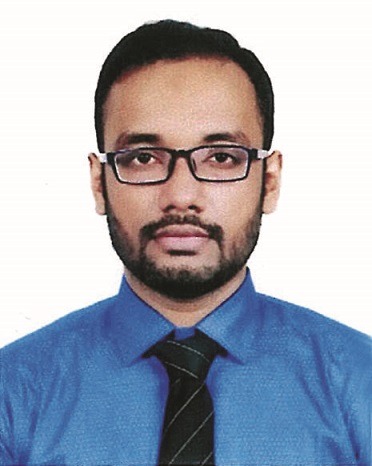Ancient Sculptures to Boosts Country’s Heritage Tourism

Sculptures represent a country culture and heritage. The earliest sculptures in Bangladesh discovered so in the 3rd century BC. Since the ancient times, sculptures have been serving as a substantial manifestation of the profound heritage of Bangladeshi culture and history.
The art of sculpture began and flourished about 2500 years ago in ancient Bengal during Gupta, Pala, and Sena empire periods. The sculptures in Bangladesh discovered in the 3rd century have been serving as the remarkable heritage of Bangladeshi culture and history.
Gupta Sculptures
The Gupta Sculptures work prospered during the Gupta Empire period from 4th to 6th century. These sculptures mainly represented the theme of Buddha, Hindu gods Vishnu and Shiva of their incarnations. The Gupta sculptures in Bangladesh are mainly icons and their forms are based on the characteristics of the gods prescribed by the priests. The image of Vishnu at Bagmara in Rajshahi district may be the earliest example of Gupta sculpture in Bangladesh. The sculpture of that period carried the religious and spiritual theme. An unfinished image of Vishnu standing with four hands carrying four weapons at Dinajpur and the similar image discovered at a place in Khulna district might be the examples of the theme.
Pala Sculptures
The Pala Sculpture derived its origin from the late Gupta style. During the long period of about four hundred years of Pala rule in between 8th to 12th century, a number of sculptural art centers flourished in India. Thousands of Pala sculptures representing Buddhist gods and goddesses have been discovered from various regions of Bangladesh and are now preserved in Dhaka (National), Mainamati, Comilla and Rajshahi Museum in Bangladesh.
Sena Sculptures
The Sena Sculpture was a continuation of the Pala style. The sculptures during the period of Sena rule from 1097 to 1223 century mainly represented Hindu gods and goddess. A number of these sculptures have been discovered in Bangladesh and are preserved in Dhaka, Rangpur, Dinajpur and in the Rajshahi Museum. The famous Chandi as well as a silver sculpture of Visnu in Dhaka, are regarded as the best examples of the metal caster’s art.
Terracotta
The sculptures discovered in Bangladesh are mostly made of Terracotta, bronze and black stone. The sculptures of terracotta started from 3rd century BC during the earliest Mauryan age. The sculpture of bronze & black stone started from the 7th century. The earliest monuments of terracotta art are now scattered and mostly unidentified. However, the example of this historical art is found at Tangail in Bangladesh. Besides the origin of some terracotta sculpture art, these are also found in Mirjapur, Sariatpur, Bauphal and katana gar in Bangladesh.
Bronze Sculptures
The use of bronze in sculptures started in the 7th century mainly from the Chittagong region during the domination of Buddha’s followers. Most of these earliest bronze sculptures were the depictions of Gautama Buddha. But later on, the bronze sculptures of Hindu deities also came in practice. The bronze casting of Hindu statues in Bangladesh was a tradition that started in the 8th century. Now the bronze casting of Hindu statues has almost disappeared from Bangladesh.
Black stone
The black stone sculptures discovered in Bangladesh represent a style that developed in the 11th century at Mathura in India. It evolved during the period when the followers of three religions namely Brahmanism, Buddhism, and Jainism worshipped the images of their deities. The sculpture bearing the image of black stone is now kept in Rajshahi Museum which almost represents Vishnu.
Modern Sculpture
The Sculptures created after the independence of Bangladesh are known as modern sculptures. Most of these sculptures like Aparajeyo Bangla, Shabash Bangladesh, Jagroto Chowrongi, depict the gallant struggle of Bangladesh liberation war. Aparajeyo Bangla is located at Dhaka University, Shabash Bangladesh at Rajshahi University and Jagroto Chowrongi, one of the best sculptures at Joydevpur, Gazipur. These sculptures nowadays are the major attractions for the tourists.




